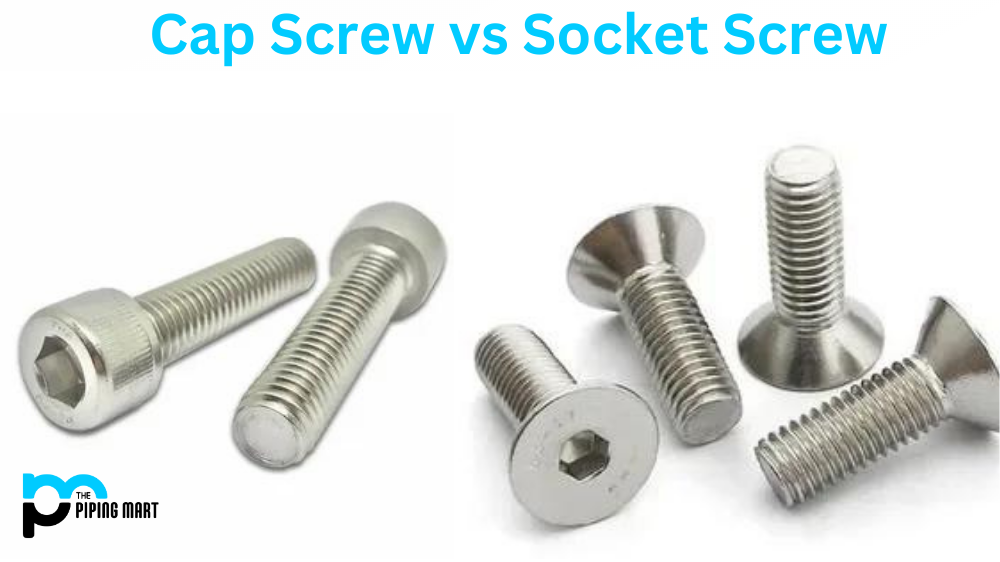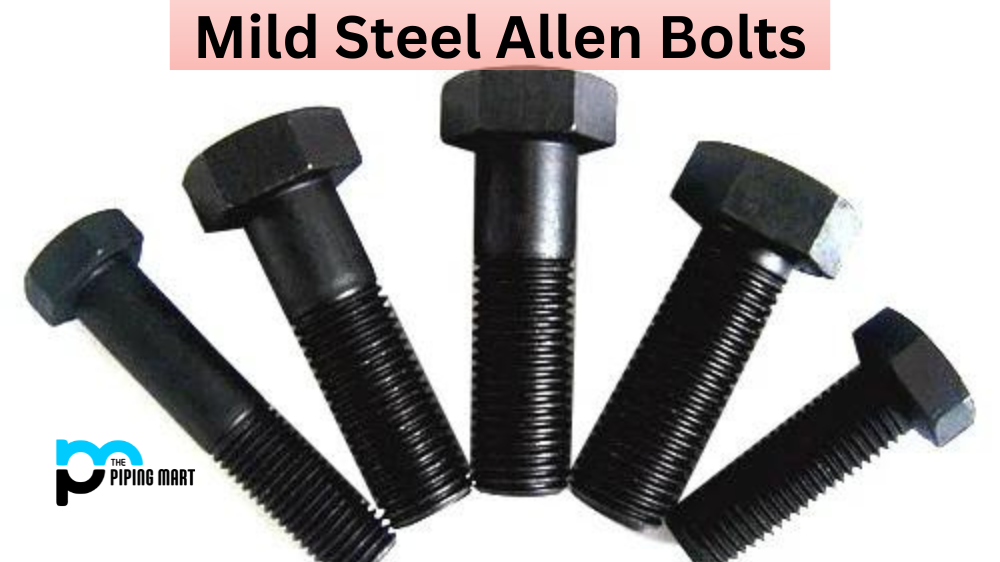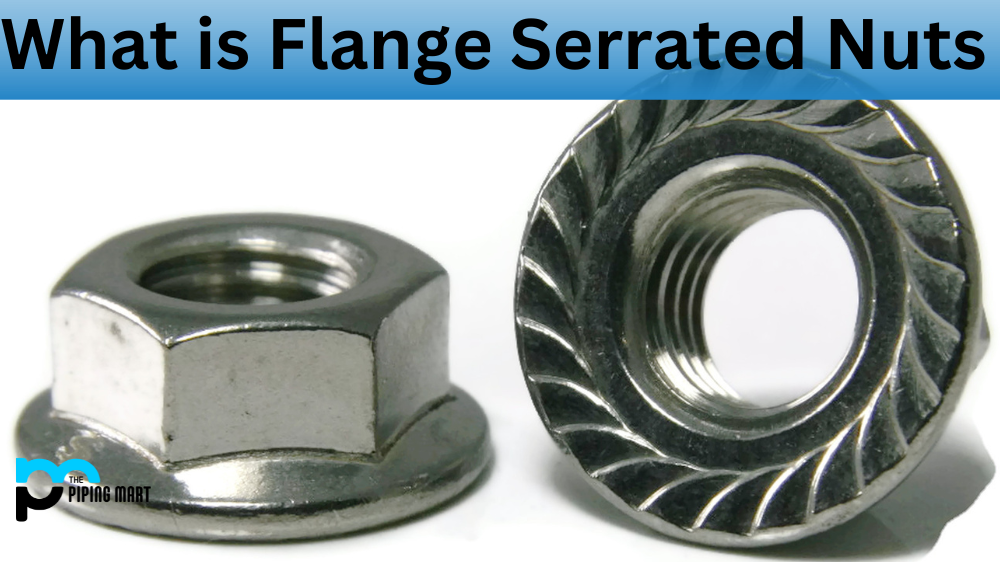Fasteners are essential to any construction project, manufacturing unit, automotive workshop, or repair and maintenance work. They are designed to ensure the components stay in place and provide strength and stability. One such type of fastener is the screw. In the world of screws, two commonly used terms are cap screw and socket screw. They may look similar but differ in design, function, and application. This blog will closely examine the two types of screws and their differences.
Difference Between Cap Screw and Socket Screw
Design and Construction
Cap screws have a flat, cylindrical head with a smooth, flat top and no means of driving. They require a wrench or a screwdriver that fits the hexagonal recess in the centre of the head. In contrast, socket screws have a circular authority with a recessed hexagonal socket and can be driven using a hex bit or an Allen wrench. The body of both screws is threaded with spiralling grooves that provide a firm grip when tightened.
Application and Function
Cap screws are typically used in applications that require high strength and torque. They are commonly used to join two or more heavy-duty components or parts. Socket screws are ideal for tight spaces or difficult access areas. They provide a flush finish and can hold pieces together or tighten and loosen bolts.
Types and Sizes
Cap screws and socket screws come in various sizes and types, each designed for specific applications. Cap screws are available in multiple materials, such as Stainless Steel, Titanium, and Alloy Steel. They come in different head styles, including hex, square, and button. Socket screws come in different types, such as Button Sockets, Flat Sockets, Set Screws, and Shoulder Screws. They are also available in other materials, including Brass, Nylon, and Aluminium.
Strength and Durability
Cap screws are incredibly robust and can withstand high pressures and vibrations. They provide an excellent grip and can hold up to heavy loads. Socket screws are also durable and offer a firm grip but might not be able to resist high stress, as well as cap screws. Choosing the correct type of screw will depend on the application and the force it must endure.
Cost and Availability
Both cap screws and socket screws are readily available and can be found in most hardware stores. Cap screws are generally less expensive than socket screws due to their simple design and construction. Socket screws are slightly more expensive due to the complexity of their design and the use of higher-quality materials in their construction.
Other Differences
- Cap screws are screws with a cap or head that covers the end of the screw.
- Socket screws have a socket in the head of the screw that accepts a driver.
- Cap screws are typically used in applications where the screw will be visible.
- Socket screws are typically used in applications where the screw will be hidden.
- Cap screws are easier to remove and replace than socket screws.
- Socket screws are more difficult to remove and replace than cap screws.
- Cap screws are less likely to strip than socket screws.
- Socket screws are more likely to strip than cap screws
Conclusion
In conclusion, cap screws and socket screws are two types of screws used in various applications. They differ in design, application, function, size, strength, and cost. Understanding the differences can help you choose the right type of screw for your project. Whether you need a screw that is durable, easy to access, or cost-effective, both cap screws and socket screws are reliable options. The next time you plan to use screws in your project, consider these differences before choosing.

Abhishek is a seasoned blogger and industry expert, sharing his insights and knowledge on various topics. With his research, Abhishek offers valuable insights and tips for professionals and enthusiasts. Follow him for expert advice on the latest trends and developments in the metal industry.




